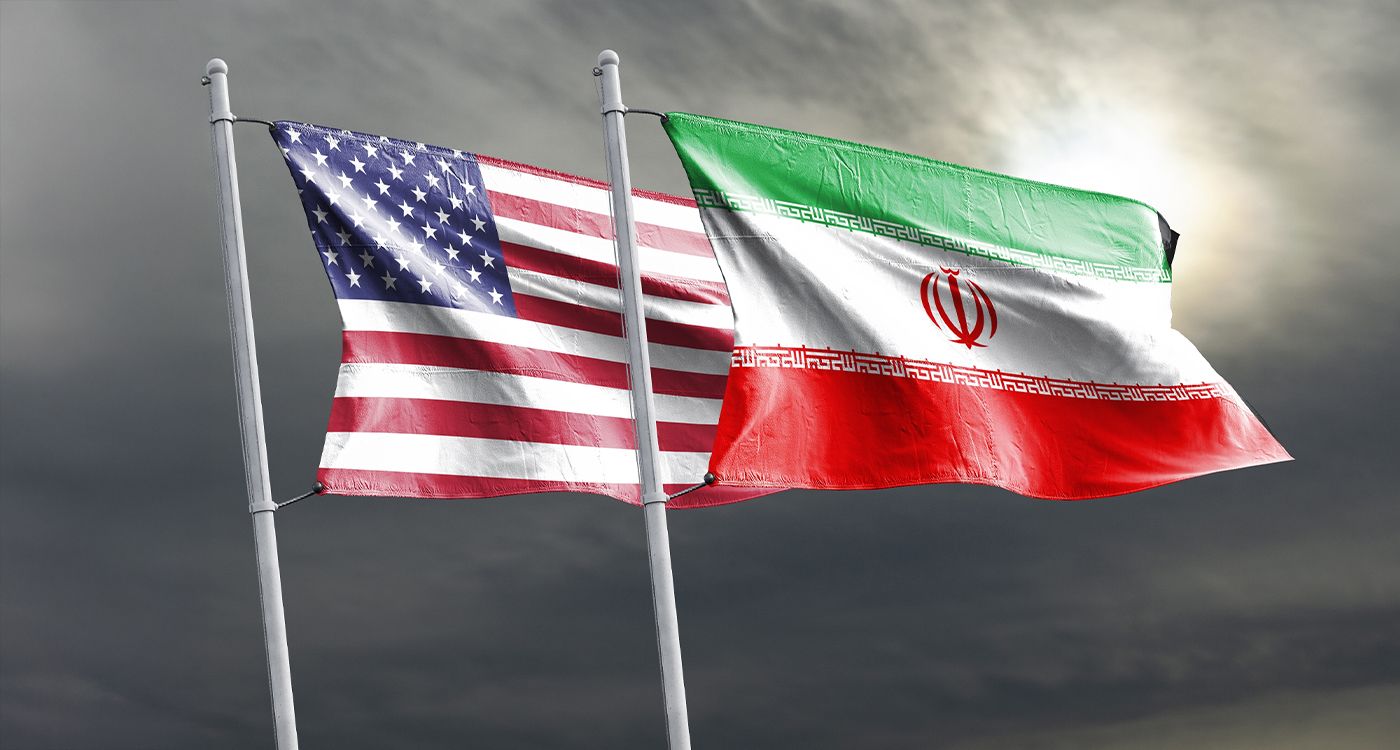
The arm wrestling between the West and the Islamic Republic of Iran over the nuclear issue is a protracted saga, marked by stalling tactics, deception and a carefully crafted strategy of concealment, patiently executed by the mullah's regime for over two decades. Negotiations, back-channel diplomacy, mounting international pressures and successive United Nations resolutions have stretched across nearly a quarter of a century—yet a definitive resolution remains elusive. Iranian duplicity appears to persist even today, with no clear evidence to suggest a shift in posture amid the negotiations underway with the Trump administration.
Iran’s nuclear ambitions did not originate with the Islamic Republic. They date back to the 1950s, under Shah Mohammad Reza Pahlavi, when Iran was a strategic ally of the West. During this period, the country pursued nuclear development in close cooperation with Western powers, particularly the United States. This collaboration came to an abrupt end following the 1979 Islamic Revolution, when the new regime adopted a fiercely anti-Western stance, branding Washington as the “Great Satan.”
Consequently, nuclear cooperation with Western nations came to a halt. In the 1990s, the Islamic Republic sought to revive its stalled program by securing partnerships with advanced Western countries, but its radical ideological positioning thwarted those efforts. According to credible sources, it was Pakistan—an Islamic nuclear power—that ultimately provided the technical assistance needed to reignite Iran’s ambitions.
In the early 2000s—specifically, in August 2002—a high-ranking dissident revealed the existence of two secret nuclear sites, one of which was dedicated to uranium enrichment. This disclosure reignited the arm wrestling over Iran’s nuclear program. On December 23, 2006, the UN Security Council adopted Resolution 1737, imposing sanctions on Iran in a bid to force it to halt its uranium enrichment activities.
Since the adoption of the UN resolution, the “nuclear war” has relentlessly persisted for years, with diplomatic efforts failing to break the mullahs’ obstructionist tactics. It was only through President Barack Obama's extraordinary conciliatory stance toward Iran that an agreement to limit uranium enrichment was reached in 2015. However, in return, the mullahs in Tehran were granted a de facto green light by Obama to intensify their expansionist ambitions in the Middle East, while the highly sensitive issue of ballistic missiles was entirely overlooked—despite the firm objections of France’s then-Foreign Minister, Laurent Fabius, who relentlessly insisted that this matter be included in the final agreement after intense negotiations.
In 2018, President Donald Trump’s decision to withdraw from the agreement reignited “the nuclear war” between Iran and the West. Capitalizing on the US withdrawal, the Islamic Republic accelerated its uranium enrichment, which has now reached 60%, dangerously close to the 90% needed to build a nuclear weapon.
As negotiations between the Trump administration and Tehran resume, the key question remains: Has the regime finally acknowledged the need to abandon its strategy of destabilization, subversion and delay, which it has pursued in the Middle East for over two decades? More specifically, are they willing—beyond media rhetoric—to include ballistic missiles in any potential agreement with Washington? And, equally important, are they prepared to end their substantial support for regional proxies? Public statements from Iranian leaders categorically reject both of these questions. Additionally, commentary from various Iranian media outlets suggests that the very idea of negotiations with the US is met with intense opposition from radical factions and high-ranking officials in Tehran.
A significant indication: the second round of bilateral talks held last Saturday in Rome was preceded by a series of provocative statements from several Hezbollah leaders in Beirut, including Secretary-General Naim Qassem. These leaders reasserted their party's trademark tactics: reneging on commitments and resorting to traditional threats and intimidation, emphasizing their refusal to hand over weapons to the state and their unwavering commitment to the role of “resistance,” against all odds.
Even Iran's ambassador to Beirut, Mojtaba Amani, weighed in, calling the decision to disarm Hezbollah a “state conspiracy.” In a prompt rebuttal, President Joseph recalled that his inaugural speech’s reference to illegal weapons was not mere rhetoric. “The decision to enforce a state monopoly on arms has been made, and it will be implemented,” he declared.
In the current context, the timing and coordination of the Hezbollah leadership's escalating threats strongly suggest that Tehran is pulling the strings behind the scenes. Did Iranian leaders escalate tensions to demonstrate their continued influence in Lebanon and thereby strengthen their negotiating position with the US? Or does this hardline stance in Beirut signal a deeper radicalization and reckless pursuit by Tehran? In the coming days, all eyes will be on Muscat to uncover the true intentions of the mullah’s regime in this regard.





Comments